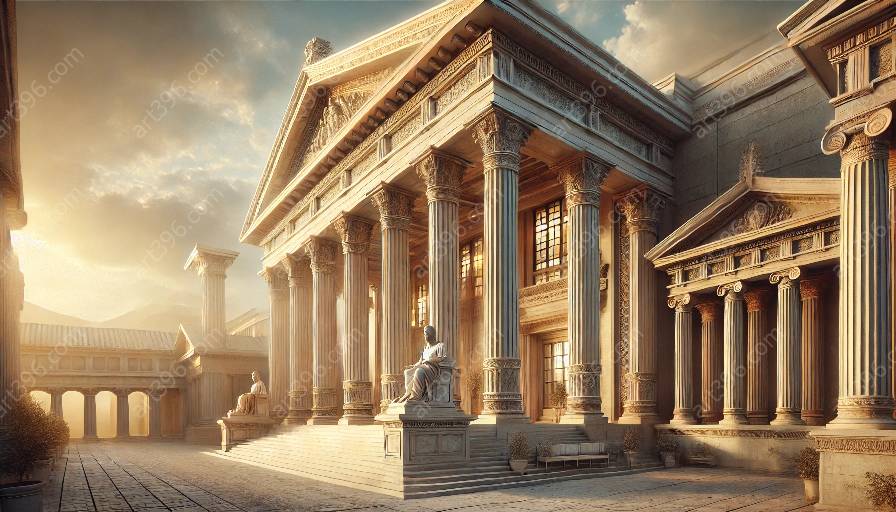Ancient Greek architecture has had a significant impact on later architectural styles and movements, with its enduring influence continuing to shape modern architectural design. Through its distinct features, such as the use of columns, symmetry, and harmony, ancient Greek architecture has left a remarkable legacy that has been embraced and reinterpreted by subsequent architectural movements.
Ancient Greek Architecture: Foundations of Innovation
Ancient Greek architects pioneered revolutionary techniques and design principles that have laid the groundwork for architectural evolution throughout history. The implementation of the three classical orders - Doric, Ionic, and Corinthian - exemplifies the Greeks' mastery of proportion and balance. The development of these orders, characterized by distinct column styles and ornamentation, became defining elements of Greek architecture and were later adopted by various architectural styles.
The Renaissance Revival: Embracing Classical Ideals
During the Renaissance, the revival of interest in classical antiquity, particularly ancient Greek architecture, sparked a resurgence of architectural innovation. Influential figures such as Andrea Palladio and Leon Battista Alberti drew inspiration from Greek architectural principles, promoting symmetry, proportion, and mathematical precision in their designs. The influence of ancient Greek architecture during the Renaissance led to the creation of iconic structures that embodied the timeless beauty and grace of classical Greek aesthetics.
Neoclassical Movement: Reviving the Classical Past
The Neoclassical movement, which emerged in the 18th century, embraced the ideals of ancient Greece and Rome, seeking to recapture the grandeur and magnificence of classical architecture. Architects like John Nash and Étienne-Louis Boullée integrated classical motifs and design elements into their works, echoing the enduring legacy of ancient Greek architecture in their compositions. Neoclassical buildings showcased the influence of Greek architecture through the use of pediments, columns, and symmetrical facades, embodying a timeless elegance reminiscent of the classical world.
Modern Interpretations: Embracing Tradition in Contemporary Design
The impact of ancient Greek architecture continues to resonate in modern architectural movements, as architects reinterpret and integrate classical elements into contemporary structures. From the use of columnar forms and entablatures to the emphasis on balance and harmony, Greek architectural influences can be witnessed in iconic landmarks and contemporary designs globally. Architects like Richard Meier and Santiago Calatrava have incorporated the principles of ancient Greek architecture into their innovative works, demonstrating the enduring relevance of classical ideals in contemporary design.
Conclusion: A Timeless Legacy
Ancient Greek architecture has left an indelible mark on architectural history, shaping later styles and movements with its enduring principles of harmony, proportion, and classical beauty. From the Renaissance to the modern era, the influence of Greek architecture has continued to inspire architects and designers, reaffirming the timeless relevance and significance of the classical tradition.

















































































